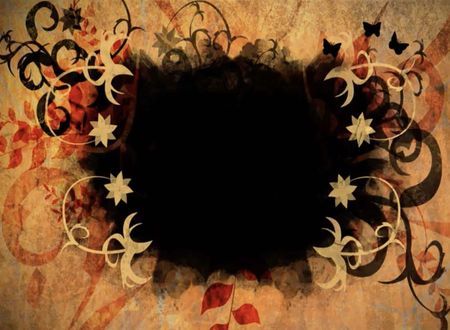In the present modern society every one of us has or had experienced a need to fulfil the societal standards for various aspects; ranging from tangible aspects i.e physical aesthetics to non-tangible aspects i.e mental and cognitive abilities.
In the pursuit of these unrealistic perfections, one could find himself/herself lost in the world of constant stress to become, or to say transform into a “Better self” so much so that it could become a constant battle with themselves.
The Problem
None of us have the same calibre. A person can be an expert in a field, but at the same time, he can be not so good in other fields.
For the imperfections, that are out of the limits for enhancement ( eg. Height, the colour of skin, body structure, Iq levels…) Acceptance can be very difficult and can result in a constant state of depression.
There’s an ancient Japanese wisdom “wabi sabi” rooted in the philosophy of Buddhism that can really help with acceptance.
Wabi Sabi
Wabi sabi is a combination of two Japanese words, Wabi -侘び- taste for quiet and simple; and Sabi-寂び-to rust, to signify transient nature.
It is a view or thought that challenges our fixed standards for aesthetics, and finds the beauty in the most imperfect, incomplete things.
What is the definition of Aesthetics?
Before diving into the atrocities of perfections, first of all, it’s necessary to know how the standards of perfections or aesthetics get imprinted or to say become obvious in our society.
Beauty or deformity in an object, results from its nature or structure. To perceive the beauty therefore, we must perceive the nature or structure from which it results. In this the internal sense differs from the external. Our external senses may discover qualities which do not depend upon any antecedent perception… But it is impossible to perceive the beauty of an object, without perceiving the object, or at least conceiving it.
Reid (1785, 760–761)
So according to the above statement from a research paper, it is clear that “beauty” is related to the perceiver and depends on the structure and nature of the object. So it can be presented as the perceiver decides the beauty according to his or her needs.
Survival needs that are crucial in our society laid the foundation for the existing definition.
As the needs for survival are changing with the time, certain requirements for a person become not so useful to call him or her a perfect of the desired aspect.
For example, with the advancement of machines humans can lift heavy weights without using manpower, so the previous requirements for a “male” to be perfect if he has the physical endurance is of no use in the present world.
But that stain that got imprinted from generation to generation still has a place in our society.
How Wabi Sabi challange this situation?
Wabi Sabi challenges every pre-existing notion of aesthetics or perfections in an object and gives a whole new approach to seeking the perfection and beauty in every object that one might call imperfect or ugly.

Image credit: itsty
Wabi Sabi pot shown above, used as a decorative item, is very famous in Japanese households.
Final words
Isn’t the perceiver deciding the beauty?
So much so that perceiver can change his or her mindset for an imperfect object and can perceive it as a perfect object.
We always strive to follow the trends prevailing in society so that we have the notch for acceptance from the nears and peers.
If the person can ponder on this situation he/she might conclude that the problem of being not perfect or not good depends on our peers and nears.
If they are appreciating us, aren’t they finding what they really want from us? And if not, there should be something that they want but don’t exist in ourselves?
So if at any time we feel not perfect or not good among our peers and nears, then that’s their problem!
You only need one person that should perceive the perfection and beauty in yourself and that person is you.
I will conclude with an Indian saying.
“सुंदरता देखने वालो की आंखो में होती हैं”
“Beauty lies in the eyes of the beholder”
Change the eyes
Thank you
P.S
There can be many more aspects for defining aesthetics and perfection. I tried to focus on an aspect of the requirement model.









Comments & Discussion
24 COMMENTS
Please login to read members' comments and participate in the discussion.